1. Santa Rosa
Local restaurant percentage: 80.9%Population: 472,121
Wine shops: 156, or 330 wine shops per million
Santa Rosa is the biggest city in California’s Napa Valley, and in a region synonymous with wine, it’s a given to have great food for pairing. What better food to make in wine country than cheese? Joe Matos Cheese Factory is a local spot to sample the work of one of Sonoma County’s healthy population of artisan cheese makers. Popular eateries include the Slow Food institution Rosso Pizza and Wine Bar, Syrah Bistro, and Chloe’s French Café.
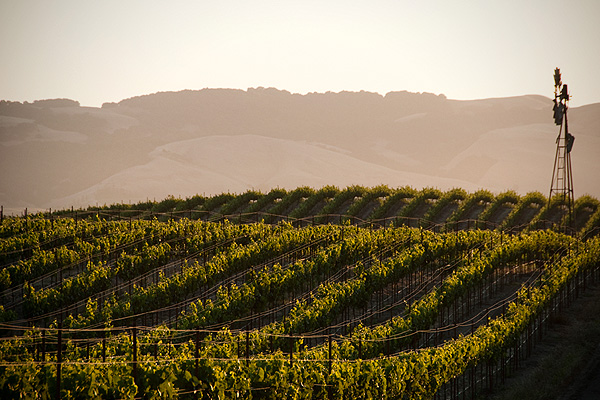
A city’s food appeal is not just measured by fine dining or Michelin stars; you have to also consider the everyday eating experiences. Is there a unique regional cuisine? Have ethnic enclaves left edible legacies on the area’s tables? The availability of fresh local produce, meats and seafood are other major considerations.
In such discussions, certain major cities such as New York and New Orleans tend to be named, but Sperlings Best Places crunched numbers, using the following city data: ratio of local restaurants to chain restaurants, number of Whole Foods and cooking stores, number of wine shops, wine bars, craft breweries, and brew pubs; and the number of CSA (community supported agriculture) farms and local farmers markets. Read more at CNBC.2. Portland, Oregon
Local restaurant percentage: 79.6%Population: 2,082,023
Breweries: 97, or 46.6 breweries per million
CSA Farms: 93, or 44.7 farms per million
Portland could probably be crowned the Pacific Northwest’s capital of –isms: locavorism (with 93 CSA farms and 56 farmers markets), vegetarianism (with an all-vegan market called Food Fight!), and considering it has 97 breweries, microbrewism. (That’s not a real word, but it’s nicer than the other “-ism” joke we refrained from making.) Popular eateries include Andina, Mother’s Bistro & Bar, Portland City Grill, Screen Door, and the evil twin to Portland’s local and organic virtuosity, the sacrilicious Voodoo Doughnuts. To wash down those doughnuts, Portland has the widely acclaimed Stumptown coffee.

3. Burlington, VT
Local restaurant percentage: 84.5%Population: 205,359
CSA Farms: 24, or 116.9 farms per million
The Burlington food scene prides itself on its connection to locally grown and raised food, with 24 CSA farms
and 19 farmers markets, not to mention the local-centric co-op grocery store City Market. Some favorite Burlington restaurants include American Flatbread, Penny Cluse Café, Taste, and the sustainable and market-inspired Bluebird Tavern, which boasts that they use “food grown by our friends” .
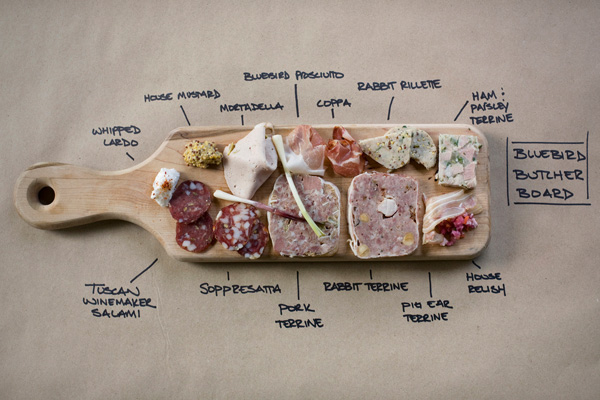
4. Portland, Maine
Local restaurant percentage: 81.9%Population: 513,373
Breweries: 19, or 37 per million
Farmers Markets: 15, or 29.2 per million
This New England city has proven to offer much more than the edible attractions the tourists seek out: lobstah and chowdah. Farmers are undeterred by Maine’s unforgiving winters, as 26 CSA farms and 15 farmers markets attest, resulting in local lamb, bacon, scallops, honey, and potatoes, and more. The population of just about half a million is interested enough in food to support Rabelais, an all-food bookstore. Eateries of note in Portland include Emilitsa, Standard Baking Co., and Back Bay Grill.

5. San Francisco
Local restaurant percentage: 88.6%Population: 1,714,445
Wine Shops: 133, or 77.6 per million
With 40 farmers markets, 35 breweries, and 10 Whole Foods grocery stores, not to mention an abundance of local wine and prominent chefs, and even culinary walking tours, San Francisco is a foodie paradise. Dining destinations in the City by the Bay include Boudin Bakery, home of the original San Francisco Sourdough bread, and Chez Panisse, Delfina, Incanto, Range, Swan Oyster Depot, and the slow food spot Zuni Café.
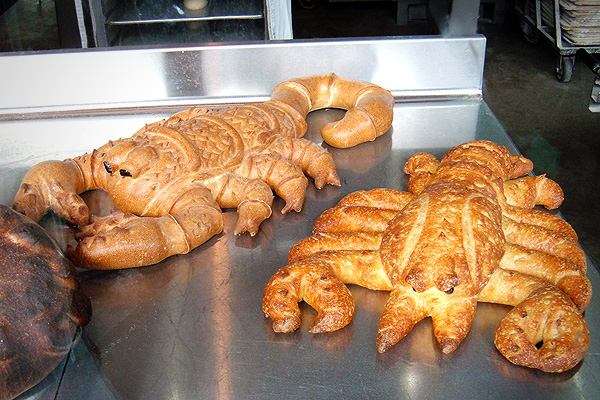
6. Providence, RI
Local restaurant percentage: 83.7%Population: 1,641,304
CSA Farms: 27, or 16.5 per million
Newcomers to Providence should be prepared to pick up some giggle-inspiring new terms: “stuffies” are hard shell quahog clams, and New York System Weiners, also known as “gaggers,” are thin veal and pork franks topped with spicy sauce. With a food culture this unique, no wonder they have the Culinary Arts Museum at Johnson & Wales. Among the city’s popular restaurants are Al Forno, Siena, and representing Providence’s large Portuguese population, Madeira.
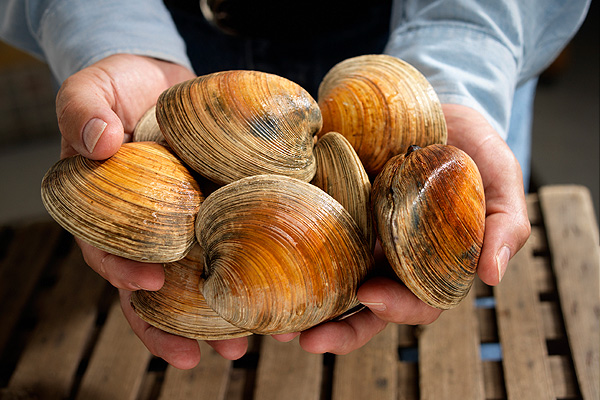
7. Boston-Cambridge
Local restaurant percentage: 84.4%Population: 1,821,563
Farmers Markets: 54, or 29.6 per million
Boston’s proximity to the water makes for great seafood dishes, and home cooks appreciate local fish markets like Alive and Kicking and Fresh Pond Seafood. Perhaps the presence of a certain Ivy League institution invites such a diversity of worldly cuisine to Cambridge, with high-rated restaurants like the Brazilian spot Muqueca, Afghan eatery The Helmand, and the Turkish restaurant Oleana.

8. Seattle
Local restaurant percentage: 79.8%Population: 2,444,743
Breweries: 65, or 26.6 per million
Seattle scores high in numerous foodie categories, with 65 breweries, 93 wine shops, 55 farmers markets and 29 CSA farms, not to mention the seafood. Tourists flock to fish-tossing photo ops at the iconic Pike Place Market (adjacent to the original Starbucks), but locals prefer buying fresh off the boat at Fisherman’s Terminal (and Zoka’s single source and artisan coffees). Popular restaurants include the Cuban food of Paseo, the Mexican of La Carta de Oaxaca, and Tom Douglas’ Dahlia Lounge.
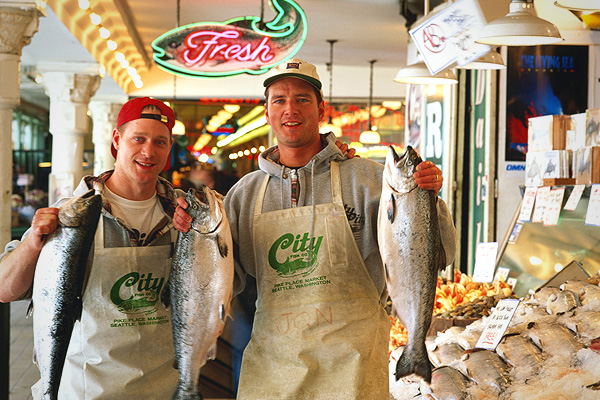
9. Santa Fe
Local restaurant percentage: 84.2%Population: 139,921
Whole Foods: 2, or 14.3 per million
While modest in population, this city has two Whole Foods markets, compared to only one in the final city on this list which has more than double Santa Fe’s population. Popular cuisine in the capital of New Mexico fittingly includes New Mexican’s twist on Mexican fare using blue-corn tortillas and locally grown chiles. Diners will also detect Native American, Spanish, and European influences. Popular restaurants include Anasazi Restaurant, Café Pasqual’s, Jambo Café, and Bobcat Bite Restaurant.
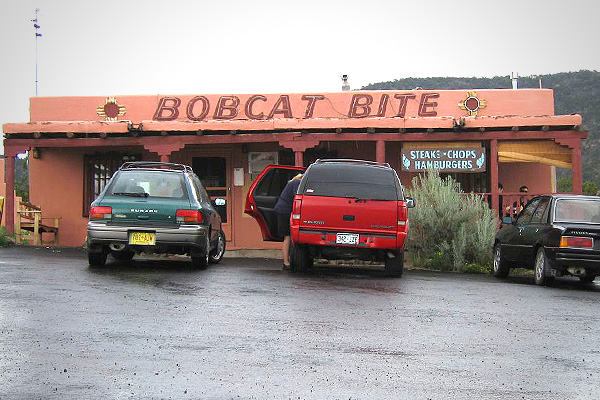
10. Santa Barbara
Local restaurant percentage: 83.2%Population: 408,425
Wine Shops: 68, or 166.5 per million
Santa Barbara is another city by a sea with great seafood (sea urchin is one local specialty), and it also boasts a fortunate proximity to wine country. The city’s strong Latin influence is in evidence in popular eateries like La Super Rica Taqueria, Freebirds World Burrito, and others to look for are Downey’s, Jane, Arigato Sushi, and Brophy Bros.
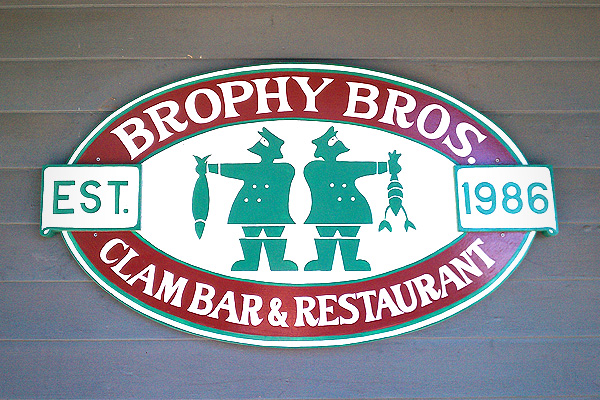

0 comments:
Post a Comment